From Sumatra to the Caribbean via a Welsh rubbish dump, discover the five most valuable lost treasures, representing over £20bn in value just waiting to be found.
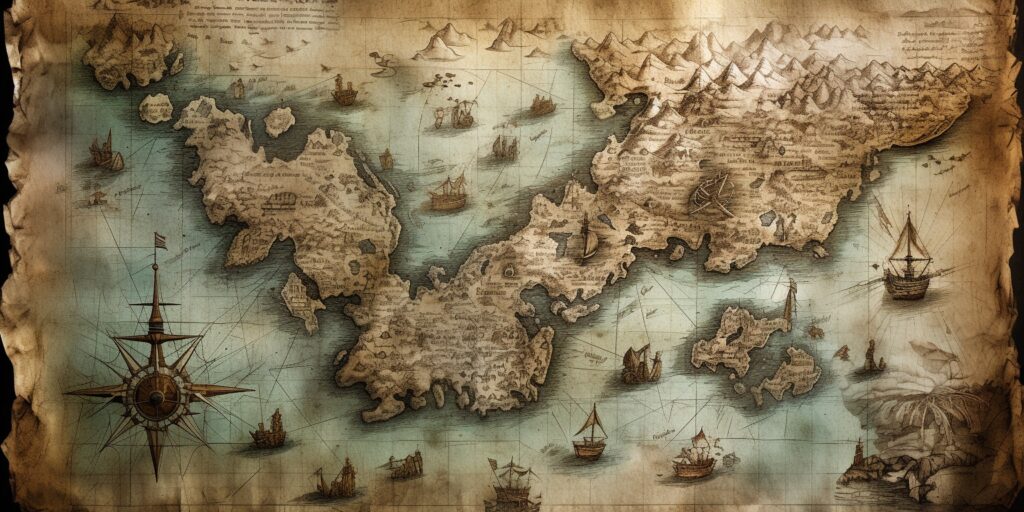
Lost Treasure has an enduring attraction. If you’re a sucker for Indiana Jones and tales of riches forgotten by time, we’ve pulled together a list of the world’s five most valuable lost treasures. So grab your satchel and whip as we travel from Sumatra to the Caribbean via a Welsh rubbish dump.
| Treasure | Value* | Date | Location | Status |
|---|---|---|---|---|
| San Jose | £16bn | 1708 | Caribbean | Exact location a state secret |
| Flora de la Mar | £2.1bn | 1511 | Sumatran Coast | Never been found |
| Merchant Royal | £1bn | 1642 | Off Cornwall | Never been found |
| Amber Room | £240mill | 1945 | Unknown | Disputed |
| Bitcoin on a hard drive | £240mill | 2013 | Docks Way Landfill | Legal obstacles |
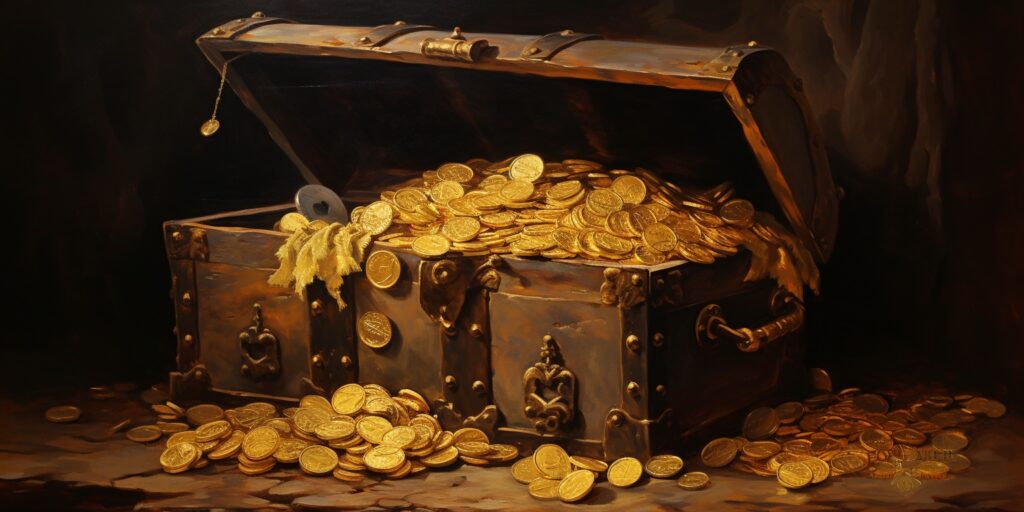
The San Jose – The Holy Grail of Lost Treasure
The San Jose is regarded as the Holy Grail of sunken treasure. Under fire from the British Navy, the Spanish galleon sank off Cartagena, northwest Colombia, on June 8th, 1708.
Laden with six years worth of accumulated treasure the San Jose’s booty is worth an estimated £ 16 billion (valued in 2023), including 11 million gold coins, jewellery and – somewhat bizarrely – a Chinese dinner service.
The challenge posed by the wreck of the San Jose isn’t finding it, as its location is known. The difficulty has been untangling a series of legal disputes that provide the perfect case study for the difficulties of treasure salvage.
In 1981, Sea Search Armada, an American salvage business, claimed to have provided the Colombian government with coordinates of the San Jose.
However, after a legal battle in both US and Colombian courts that lasted thirty years, the Colombian government declared the San Jose state property.
the most valuable treasure that has been found in the history of humanity
Juan Manuel Santos, President of Colombia (2018)
Thanks to a different set of experts, the San Jose was rediscovered in November 2015 at a different location, now protected as a state secret.
In 2018, Colombian President Juan Manuel Santos was all set to announce a public-private partnership to retrieve the San Jose’s cargo, but another lawsuit, brought on behalf of the Colombian public, derailed things further.
Colombia’s current president, Gustavo Petro, has pledged to salvage the San Jose before his current term ends in 2026, with positive news announced in April 2024.
“There has been this persistent view of the galleon as a treasure trove. We want to turn the page on that,” Alhena Caicedo, director of the Colombian Institute of Anthropology and History, said. “We aren’t thinking about treasure. We’re thinking about how to access the historical and archaeological information at the site.”
The San Jose is 600m down, well beyond diveable depths so remote submersibles are being specially built. Despite all the challenges, one of the most exciting treasure salvage operations in history is tantalisingly close.
However, £16bn in treasure remains at the bottom of the Caribbean, illustrating the challenges of salvaging lost treasure.
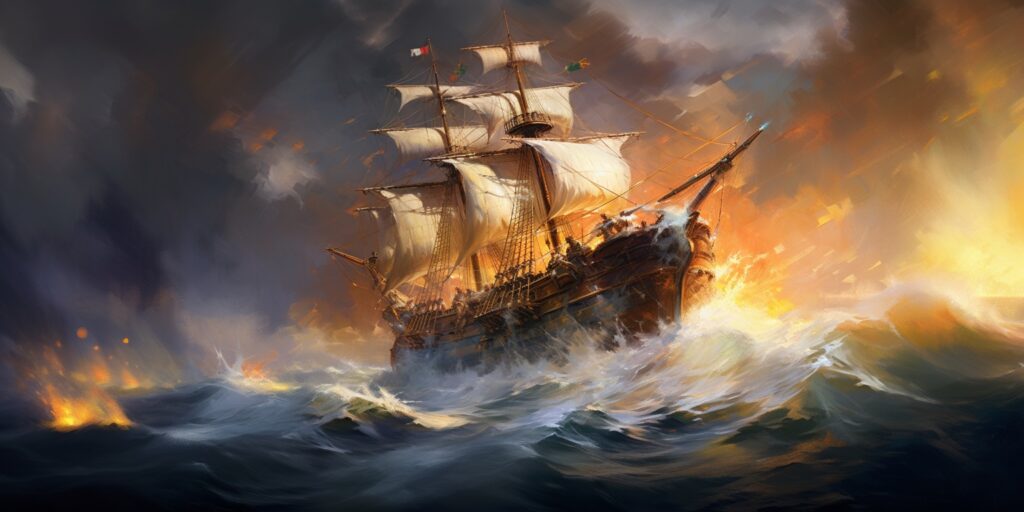
The Flor de la Mar & £2bn lost off the Sumatran Coast
In November 1511, a Portuguese vessel, the Flor de la Mar (Flower of the Sea), sunk in shallow water off the Sumatran Coast, taking with it treasure now valued at over £2bn and the lives of 400 men.
Having asset stripped the Sultan of Malacca, the 400-ton galleon was transporting its booty back to the King of Portugal, reputed to include 80 chests of gold and 200 chests of jewels.
Despite the enormous value of the wreck, its location somewhere off Timia Point in the Kingdom of Aru has remained a mystery for over five hundred years.
Though its location is unknown, that hasn’t stopped the governments of Portugal, Malaysia and Indonesia arguing over its ownership.
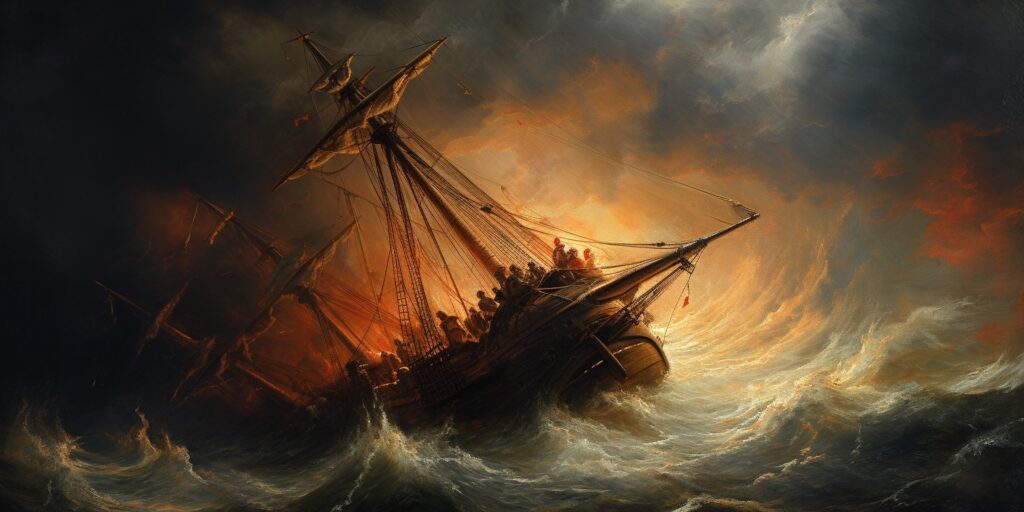
Tantalising clues of the Merchant Royal’s £1bn treasure
On September 23rd, 1642, the Merchant Royal, a British trading vessel, sank roughly 34 miles off Land’s End, Cornwall, England, loaded with an estimated £1bn worth of treasure.
The Merchant Royal had departed Cadiz carrying the payment for 30,000 Spanish troops stationed in Flanders, including 100,000 pounds of gold, 400 bars of silver, and nearly 500,000 pesos.
Rumours circulated in May 2007 that a US salvage company, Odyssey Marine Exploration, had recovered 500,000 silver coins weighing 17 tons from a wreck 40 miles from Land’s End.
Odyssey cryptically refused to share the location of the vessel it called The Black Swan (a tongue-in-cheek reference to the Pirates of the Caribbean). This led to suggestions that the Merchant Royal had finally been located.
However, after the arrest of one of the crew in Spain and a protracted legal battle, no information emerged to suggest that Merchant Royal had been found. It remains lost despite a 2009 Discovery Channel documentary (Treasure Quest) attempting to discover it.
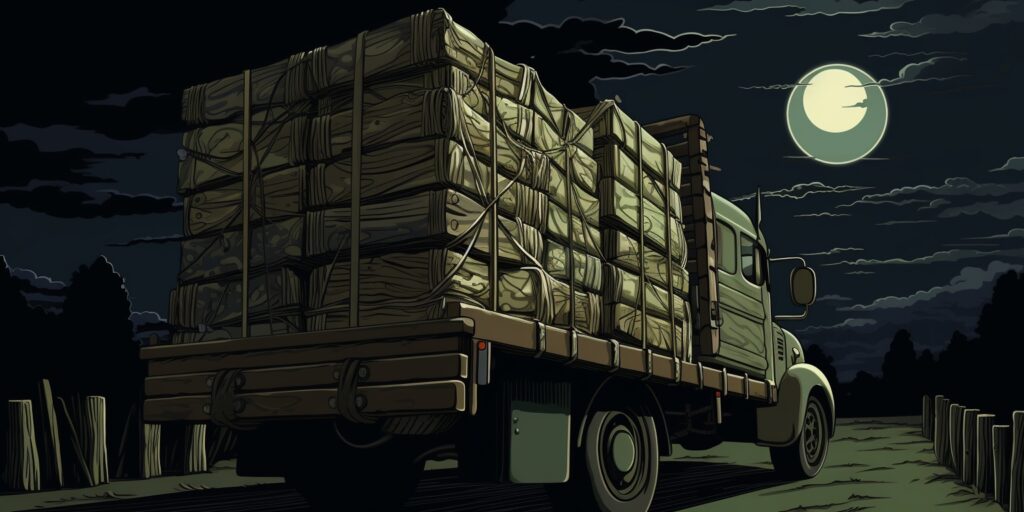
The mysterious disappearance of the Amber Room
The Amber Room is a 36 ft square jewellery box containing six tons of fossilised amber encrusted with precious stones estimated to be worth almost a quarter of a billion pounds.
Andreas Schlüter created the unique sculpture for Frederick I of Prussia and gifted it to Russia’s Peter the Great in 1716.
In 1755, the Amber Room was installed at Catherine the Great’s summer palace at Tsarskpye Selo, Leningrad, where it remained until World War II.
Described as the Eighth Wonder of the World, the Amber Room was one of the many antiquities plundered from Russia by the Nazis and put on display at Königsberg Castle in Germany until September 1944, where the mystery begins.
Various theories have emerged as to its fate. Pragmatists suggest the Amber Room was destroyed when the castle was bombed. Alternative ideas sound like they belong in an Indiana Jones plot, suggesting the Amber Room was spirited away ahead of the advancing Red Army, by either the Nazis or Americans, depending on which theory you favour.
One explanation from notable Amber Hunter, Georg Stein, who gained access to Easter German Archives, suggests the Amber Room ended up in a Salt Mine 55 miles east of Hanover.
Stein believes it was then intercepted by the Americans and, in May 1945, was transported to their headquarters in Wiesbaden.
Adding murder to the treasure hunt, Gregor Stein was found disembowelled in a Bavarian Forest in 1987.
A German police sting operation in Bremen in 1997 turned up one of the Amber Room’s four jewelled Florentine mosaic panels, but its fate remains shrouded in mystery.
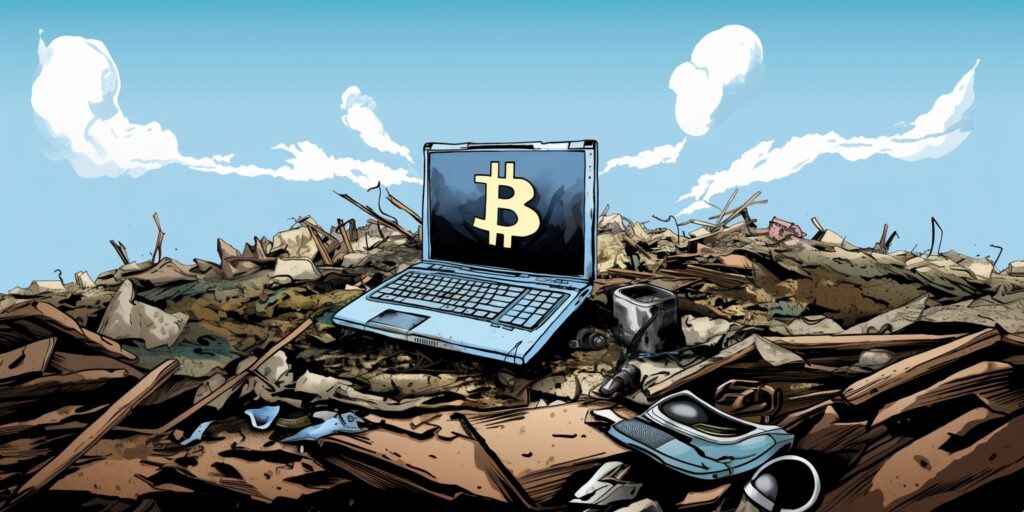
Docks Ways Rubbish Tip & the £240 million Bitcoin Hard Drive
James Howells must wish the price of Bitcoin would stop going up. The hard drive his ex-partner discarded at Newport rubbish dump in 2013, containing the private keys of 8,000 Bitcoin, is currently valued at £280million.
According to Howells, back in August 2013, an office clear-out went tragically wrong.
I was doing a clear-out in my office and put a lot of items into a bag which I then placed at the front door of my house. I woke up the next morning and my ex-partner had already taken the bags to the landfill site; she thought she was doing me a favour, it wasn’t her fault.
James Howells, credit Independent Nov 2023
It’s easy to pick holes in Howells’ story, but its unique nature guarantees column inches and helps him keep pressure on Newport City Council. It also highlights the unique problem of crypto self-custody – what the community describe as being your own bank.
A decade later, after the fateful tip run, Howells maintains there’s a digital bonanza in the Docks Way landfill site; if only the local authorities would allow him access.
Despite interest from potential partners to help finance the search, Newport City Council remains resolute. They insist that the work simply isn’t possible under their environmental permit.
Howells has tried everything, including employing the rubbish dump’s retired manager and specialists in data salvage. Ontrack successfully extracted data from a hard-drive incinerated in the 2003 Columbia space shuttle disaster.
With another Bull market on the horizon, it seems Howells has decided to play good cop-bad cop. He’s suggested an airdrop of £50 in bitcoin per person to get Newport’s 160,000 residents on side, while at the same time, he’s now threatening the council with legal action.
It’s hard to know how seriously to take Howells’ plans. If given access, he intends to use AI to narrow down the search and robot arms to sort through the decade of rubbish that lies on top of that hard drive, assuming it’s even there.
The most likely outcome is that Docks Way becomes part of Bitcoin folklore, just a small sliver of the estimated 4 million lost coins.
Sources
- San Jose galleon: Shipwreck to be recovered with billions in treasure – www.bbc.co.uk
- Most incredible lost treasure – www.history.co.uk
- Wikipedia
- Most expensive shipwrecks in history – www.history.co.uk
- Mysteries of the Amber Room – Forbes Life Magazine
- Amber Room hunters website
- The Observer, May 3rd, 1987
- The Independent, October 29th, 2007
- The Miami Herald, July 24th, 2018
- Robot dogs, AI and the plan to retrieve £165m crypto fortune lost in rubbish dump – www.independent.co.uk
- Half a billion in Bitcoin, lost in the dump – The New Yorker Magazine
- What happens to lost bitcoin – River.com
No Free Lunch
There is no such thing as a free lunch, but if you’re hungry to find out why, we’re here to help.
You can learn the meaning and origin of the no free lunch concept, as well as the broader philosophy behind the idea that nothing can ever be regarded as free.
We look at our relationship with money and truth, examining all of the supposed shortcuts, life hacks and get-rich-quick schemes.
